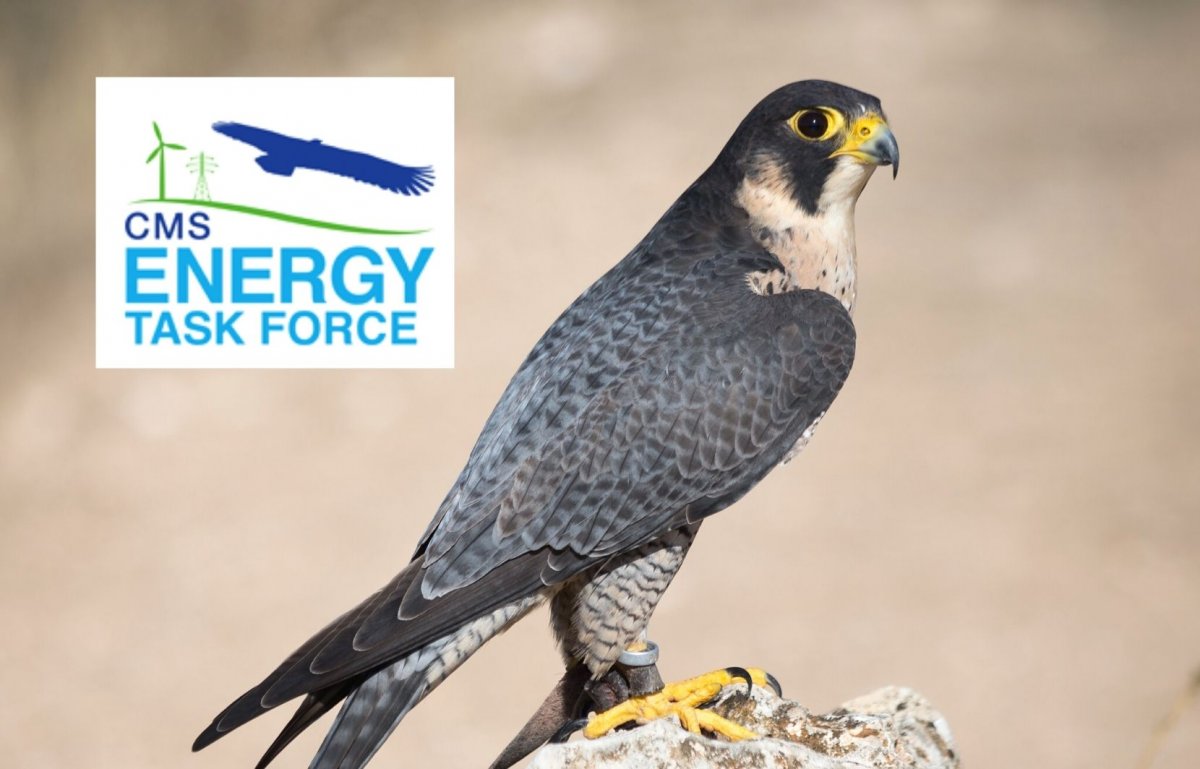Sharing experiences of cooperation with the private sector at the CMS Energy Task Force
Whereas energy development offers new opportunities for our societies, it also poses new threats to biodiversity. From the 30th of November until the 2nd of December, the Convention on Migratory Species organised the 5th Meeting of its Multi-Stakeholder Energy Task Force, which intends to reconcile renewable energy developments with the conservation of migratory species. As an observer organisation, IUCN-Med participated in the official meeting and in an open follow-up webinar, where the results of the work with raptors and power lines in North Africa were presented.

Photo: IUCN Red List Library
How energy expansion is impacting biodiversity
The forecasted expansion of renewable energy sources to support the growing energy demand will be critical in succeeding in the fight against climate change, but the way in which it is carried out will determine the greater or lesser impact on biodiversity in the different territories.
All sources of energy, whether renewable or not, can contribute to the loss of biodiversity and the disruption of ecosystem services when poorly planned. Habitat disturbance, degradation and loss, pollution, and the direct impact on species are among the most predominant drivers associated to renewable energy developments. Industrial expansion, including renewable energy, presents a significant and growing risk to biodiversity in sensitive areas. Finding pathways for human development which does not compromise biodiversity and the ecosystem services which we depend on is a key challenge of our times.
During a follow-up webinar on the 5th Meeting of the CMS Multi-Stakeholder Energy Task Force, several organisations including IUCN-Med, Birdlife International, British Trust for Ornithology, Leibniz Institute for Zoo and Wildlife Research and Birdlife South Africa shared their experiences on how to minimise the impacts of energy developments on migratory species.
The work of IUCN to tackle threats to bird species protected by the CMS
In this open webinar, IUCN-Med presented the key accomplishments of the multi-stakeholder partnerships developed in North Africa, focused on generating knowledge and capacities on the risks and impacts of energy infrastructures, mainly for birds on power lines.
Throughout these actions, IUCN-Med has succeeded in:
- Building capacities of government agency staff, NGOs, utilities
- Improving knowledge on the risk of energy sector infrastructures for wildlife and on the magnitude of the problem.
- Developing and implement monitoring protocols for the identification of mortality hotspots and sensitive areas.
- Assessing the effectiveness of impact mitigation measures for different types of power lines.
These efforts have contributed significantly to the development of a network of experts, to improve knowledge about the most sensitive territories and species and the impacts on their populations in North Africa and to develop further action plans. Thanks to the establishment of a raptor working group and a raptor monitoring programme in Morocco, 420 birds have been reported as electrocuted (mainly) or collided with electric infrastructures over the course of a few field trips in recent years.
In the Mediterranean region, IUCN-Med expects to continue to expand the work to more countries, to contribute to the use of safe power line designs, as well as to integrating strategic planning into energy development projects, following the global vision of IUCN.
For further details, please contact Helena Clavero.
